Zurrieq
Zurrieq, an old town a with spectacular valleyZurrieq is located in the South West of Malta, around 7km away from Valletta, having a population of around 12,000 people. It seems that the town got its name from the colour blue, zoroq in Maltese, but authors disagree whether it refers to the blue sea of the Blue Grotto or to the colour of the eyes of the town inhabitants, which to the contrary of the rest of the island, is very popular in this town. However, the motto seems to dismiss this; it says “Sic a Cyaneo Aequore Vocor”, meaning “From the blue sea I took my name”. Zurrieq seems to be one of the oldest towns in Malta; in fact, a collection of remains dates back to the Bronze, Punic and Roman times was found. Such heritage includes tombs, pottery, the Punic Tower, Xarolla Catacombs, Cart Ruts at 'Tal-Bakkari' and 'Tal-Hlantun Tower' amongst others. The first documentation shows that back in 1436 it already had a parish church dedicated to St. Catherine of Alexandria, while other heritage from the times of the Knights and the British still remain. Structures from the 15th and 16th century are spread across the town, such as the Xarolla Windmill, Armoury, Palazzo Ganbatist, the Wardija Tower and Bubaqra Tower. Żurrieq is also famous for the beach in Wied iż-Żurrieq and the Blue Grotto. The island of Filfla is administratively a part of the town. Zurrieq things to see:Parish Church of St. Catherine: The parish church is one of the most beautifully decorated churches in Malta. The various paintings that beautify the church are mainly created by the Italian painter, Mattia Preti, the most spectacular is undoubtedly the titular piece. There are also two impressive statues, one of St. Catherine and the other Our Lady of Mount Carmel, both created by Maltese sculptors. Chapels: There are various chapels around Zurrieq, such as the Chapel of the Immaculate Conception that has a quasi rotunda plan. It was built during the time of the Knights, by Fra Togores who owned the adjacent palace and it was inaugurated in 1739. The Chapel of St. James was built between 1725 and 1731, and has an exceptional antique painting of St. John the Baptist. The Lunzjata chapel in Hal Millieri is a Sicolo-Norman chapel that was inaugurated in 1809. It was built on a site that hosted a former Roman Temple. In 1968, Din l-Art Helwa restored this chapel that is decorated with 14th century paintings and murals that are unique in Malta. The Nigret Palace: This Palace was built in 1715 by Chev. de Togores. Inside, there is a baroque-style chapel dedicated to the Immaculate Conception. Today the palace serves as a convent and orphanage run by the Sisters of the Sacred Heart. The Armoury: The palace of the Armoury was built in the 17th century and was used as an armoury under Grandmasters Pinto, Ximenes and de Rohan. It was later passed to the Zimmermann Barbaro family, and when Napoleon Bonaparte visited the village of Zurrieq and it is said that he slept for a night in this palace. During the Second World War, the Armoury Palace was used by the British Armed Forces as a station for the Hampshires Regiment. After the war, it passed to the Count Chappelle Paleologo. The Wardija Tower: This tower is one of a set of thirteen towers guarding the coast around the island, built by Grandmaster De Redin in 1659. It was actually called the Torre della Guardia di Giorno. |
South-Malta
Zurrieq, Malta
Website
Population : 12000
Local council :
28, Zwieten House, St. Angelo Street, Żejtun ZTN 1369,Phone: + 356 2166 3866 Bus number : 71, 117, 118, 201 |
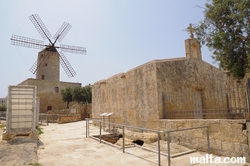

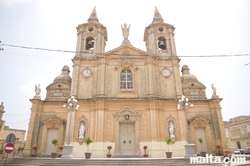


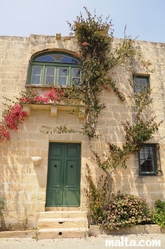
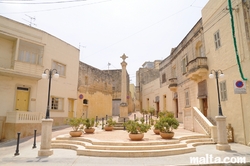
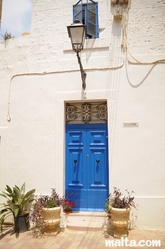

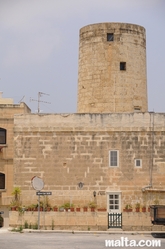
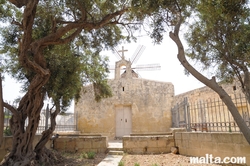
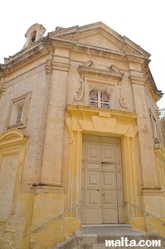
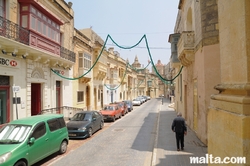

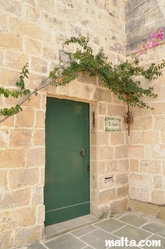
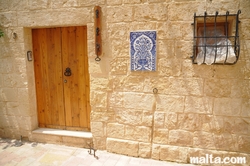

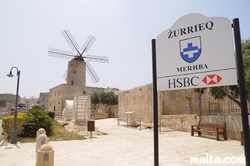
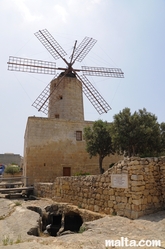


Post your comment
Please login or register in order to write a comment
Comments of Members
No comments yet.